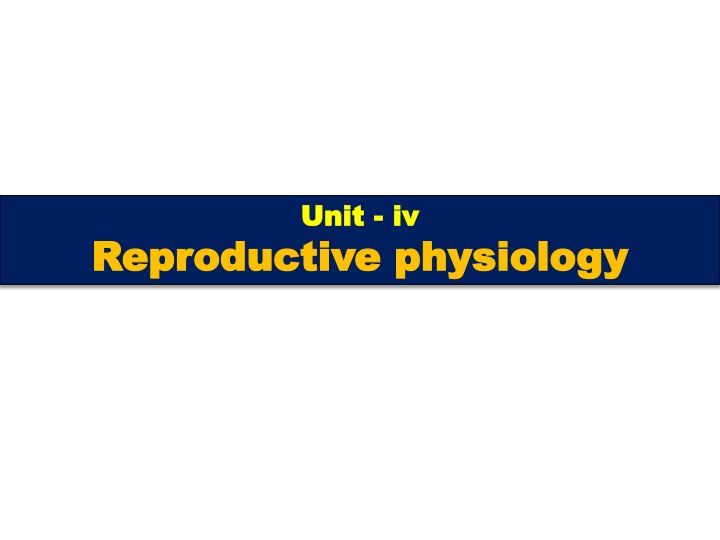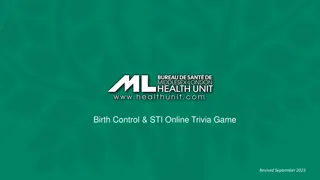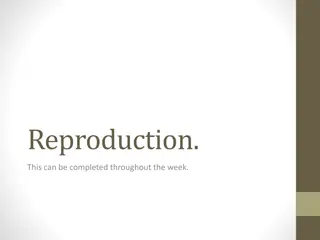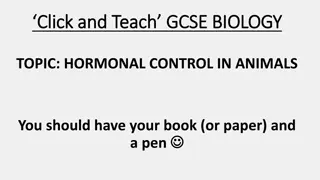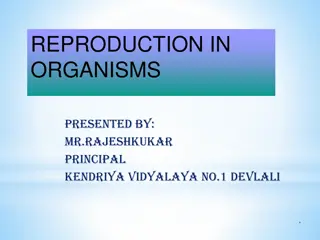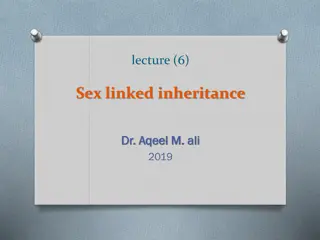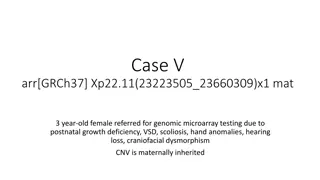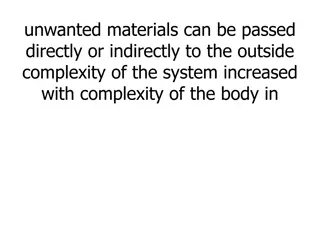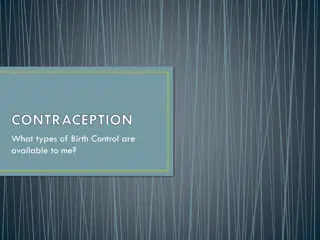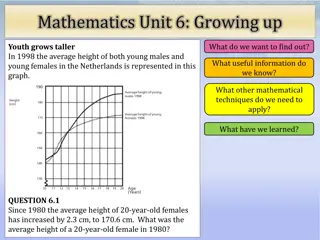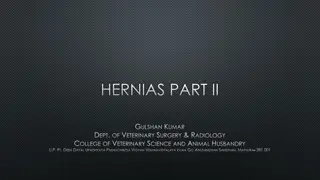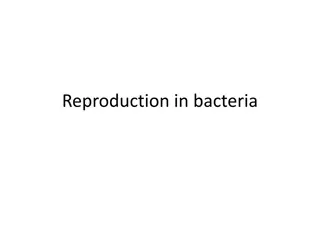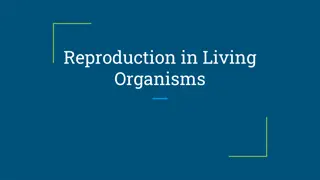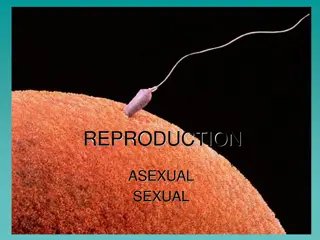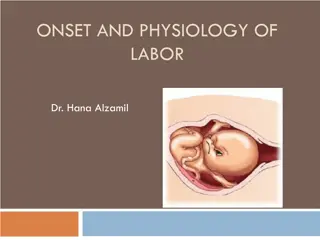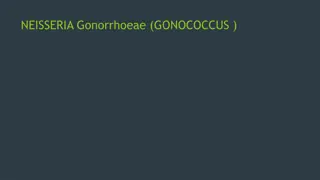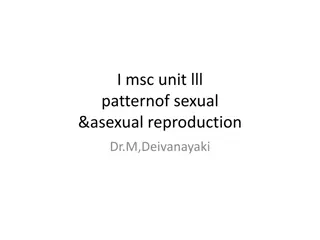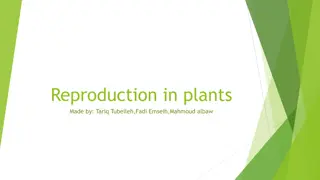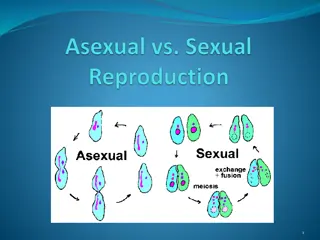Hormonal Control of Reproduction in Males and Females
Gonads are the main reproductive organs in males and females, secreting different hormones like Testosterone. Learn about the role of hormones, such as Androgenic and Anabolic effects, in reproductive physiology.
Download Presentation

Please find below an Image/Link to download the presentation.
The content on the website is provided AS IS for your information and personal use only. It may not be sold, licensed, or shared on other websites without obtaining consent from the author.If you encounter any issues during the download, it is possible that the publisher has removed the file from their server.
You are allowed to download the files provided on this website for personal or commercial use, subject to the condition that they are used lawfully. All files are the property of their respective owners.
The content on the website is provided AS IS for your information and personal use only. It may not be sold, licensed, or shared on other websites without obtaining consent from the author.
E N D
Presentation Transcript
Unit Unit - - iv iv Reproductive physiology Reproductive physiology
Hormonal Control of Hormonal Control of Reproduction Reproduction Hormonal Hormonal control control of of reproduction reproduction in in males males and and Females Females Gonads are the main reproductive organ in male and female. In gonads there are different types of cells which secretes different types of reproductive hormones. In Males, interstitial cells or cells of Leyding. In Females, Follicular and Corpus Luteum.
Testes Testes The testes plays two role one in Hormonal and second in Reproductive. The first involve in secretion of hormone that is Testosterone by Interstitial cells and second function involves in Spermatogenesis of Germ cells in Epithelium of the Semniferous tubules. There are of four types of sex hormones. 1. Testosterone. 2. Androsterone. 3. Epiandrosterone and 4. Dehydro-epiandrosterone.
The Testosterone is the main Sex Hormone. The secretion of this Hormone is stimulated by pituitary Hormone like ICSH and FSH. The secretion of Testosterone hormone is promoted by the LH, is also called as ICSH in the male. The daily secretion rate of hormone is 4 to 9 Mg. The plasma concentration is about 0.5 to 1.0 g /dl. About 97% Testosterone is transported in the plasma bound to Protein, 40% to Gonadal Steroid Binding Protein, 40% to albumine and 175 to other proteins and 3% circulate in free form. It is metabolized in Liver and other tissues and excreted is the Urine. Some Testosterone is converted in oestrogens. The Leyding cells secretes Testosterone in the foetus, but this cells disappear at birth and they develop again in puberty.
Role of Hormones Role of Hormones Role of Testosterone Hormone:- it has Androgenic and Anabolic effects. A. Androgenic actions:- 1. In the foetus it causes the development of internal and external genitalia. 2. it is plays an important role in growth and maintenance of male accessory sex organs and for appearance and maintenance of male secondary sex character at puberty. 3. it promotes spermatogenesis and prolong life of sperm. 4. increase body hair, but decreases scalp hair growth.
B. Anabolic Actions:- 1. Promotes synthesis of proteins and decreases protein breakdown, induce positive N2 balance and favors growth. 2. It also causes the moderate rotation of Na, K, Ca, P, S and H2o. 3. Although, it causes linear bone growth. 4. It also increase muscle mass.
Functions of Sertoli Cells:- 1. The Sertoli cells convert the testosterone in the form of some astrogenes which diffuse into tubules from the adjacent Leyding cells. 2. Secretes androgen binding protein. 3. Contributes to blood testis barrier. 4. Provide the stable environment for the development of germinal cells into spermatozoa.
Ovaries:- There are two ovaries in the abdominal cavity of the adult female. Each ovary contain large number of ovarian Follicles. The ovary secretes three Hormone like Estrogen, Progesterone and Relaxin. Estrogen:- Different types of Estrogen are found in different animals. All the Estrogens are steroid. The predominant estrogen of human are estradiol 17B, estrone and estriole. The important source of estrogen are ovary, adrenal cortex Leyding cells of the testis and the Foetoplacental unit. Acetate and Cholesterol is the precursor for the synthesis of estrogens. During the MC the Concentration of estrogen increases twice. During pregnancy urine is very rich source of estrogen, which produced by placenta.
Action of Estrogens:- The estrogen shows the effect on appearance and maintenance of secondary sex characters in the female at puberty, cyclic changes in MC, in the uterus, cervix and vagina. It act on the breast causes growth of duct system, stroma , fat deposition and melanin pigmentation of areoli and nipple. It inhibit the secretion of FSH which is secreted by pituitary gland. It also inhibit secretion of LH in small Amount but it increases secretion of LH in large amount It stimulates the production of receptor for FSH, LH and progesterone and estrogen increases the water content and thickness of skin. Estrogen increases the level of the thyroid and corticosteroid protein. it is responsible for Growth, Development, and Maintenance of reproductive tract of the female
Progesterone:- It is main and important hormone of the Corpus Luteum. It is only 1-2% of transported in blood in free form. It is metabolized in the liver to form pregnendiol and is excreted in urine. Action of Progesterone:- It maintains the pregnancy. 1. It act on uterus for convert the proliferative to endometrium for the suitable implementation of fertilized ovum. 2. It helps for the formation of deciduas and placenta. 3. decreases the excitability of the uterine muscle. 4. It reduces the contraction and responsiveness to oxytocin. 5. Suppresses ovulation and MC in Pregnancy.
6. it promotes the lobular-Alveolar development in mammary gland. 7. it can be maintained the body temperature during the luteal phase of MC. Non-Steroidal Polypeptide Hormone:- 1. Relaxin:- It is polypeptide hormone. This hormone produced by the corpus Luteum of the ovary , placenta and secretory uterine endometrium. Its concentration increases during 36th week of pregnancy. The concentration remain high till delivery and then falls.
Action of Relaxin:- 1. Loosening of pubic symphasis, sacroiliac joints and softening of cervix during pregnancy. 2. Facilitating delivery. 3. Reduce the uterine contraction during pregnancy. 4. it promotes the tubulo-alveolar growth of mammary glands. 2. Inhibin:- The hormone Inhibin produced by granulosa cells of the graffian follicle. In the female this hormone is called as Inhibin F. It is now called as folliculostain. It inhibit the secretion of FSH.
